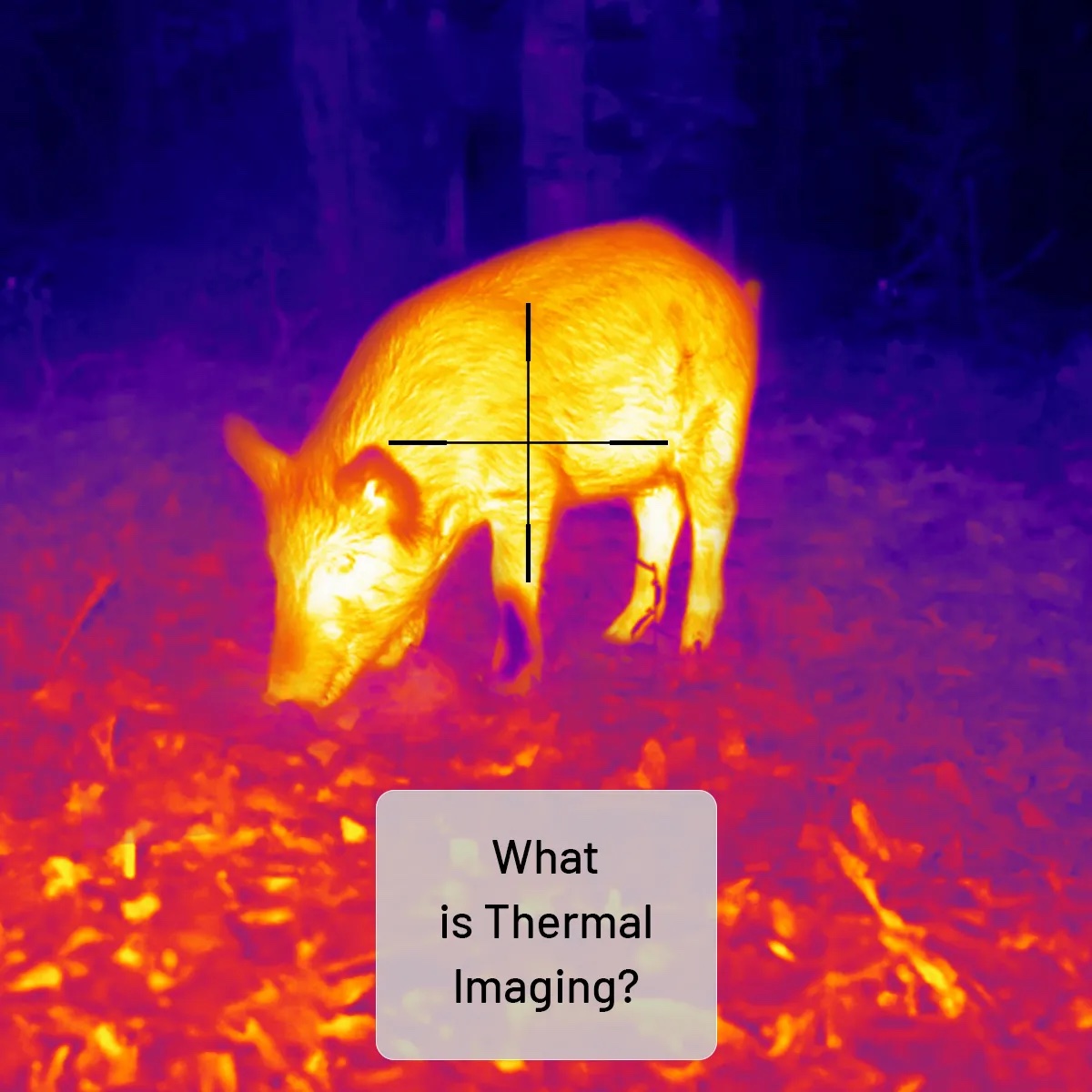
Selecting a Device for Pig Hunting: When it comes to shooting pigs, the diversity of options is vast, especially considering their static nature and the proximity at which they are typically encountered. Here are key considerations for selecting a thermal imaging device for pig hunting:
-
Distance and Refresh Rate:
- Under 75 meters: A 25Hz refresh scope is suitable for close-range shooting.
- Under 100 meters: Both 25mm 50Hz and 35mm focal lengths work well for engine room shooting.
- Over 80 meters: Consider starting with a 35mm focal length for head shots, allowing neck shots up to approximately 80 meters.
-
Sensor Preferences:
- Under 150 meters: Opt for a 640 sensor for a wide field of view and effective tracking, enabling follow-up shots on pig mobs.
- Over 150 meters: Choose a 384 sensor with at least 3.5 magnification for enhanced visibility.
-
Monoculars in Different Environments:
- Thick Bush: Minimum 13mm focal length for wide-field view up to 100m.
- Open Areas: Minimum 25mm focal length for broad visibility, effective detection beyond 500m, and identification up to 300m.
-
Scopes in Different Environments:
- Thick Bush: Minimum 19mm focal length for a wide field of view up to 70m.
- Open Areas: Minimum 25mm focal length with 3 magnification for shots under 100m; 35mm+ focal length extends the range to 250+ meters.
EXPLORING THERMAL TECHNOLOGIES: UNVEILING THE WONDERS OF INFRARED
Dive into the realm of infrared technology, where thermal imaging devices have revolutionized multiple industries, providing a unique perspective on the world. Harnessing the essence of heat signatures, these devices offer unparalleled insights across diverse sectors. By translating the infrared energy emitted by objects into the visible spectrum, this technology unveils the imperceptible. It exposes subtle temperature variations, rendering visible what remains unseen to the human eye. With the ability to operate in total darkness and challenging weather conditions, thermal imaging confers an unparalleled advantage in various applications.
Applications Across Industries: Thermal imaging has seamlessly integrated into an impressive array of fields, each capitalizing on the technology's distinctive capabilities to address specific challenges. The question of "How do thermals work?" becomes pivotal when considering its broad spectrum of applications.
-
Law Enforcement and Security: Thermal imaging cameras can detect human activity up to 1,500 meters away, even in complete darkness. This extended range enables officers to approach potentially hazardous situations stealthily, mitigating risks. In border security, thermal imaging has resulted in a 40% increase in the detection of illegal crossings.
-
Military: Initially developed for military purposes, thermal imaging has become a standard feature in modern combat systems. Thermal scopes, for instance, can identify a vehicle's heat signature at distances exceeding 2 kilometers, providing a tactical advantage on the battlefield.
-
Fire and Rescue Teams: In firefighting, thermal cameras can penetrate smoke, identifying hot spots in a fire or locating individuals trapped inside buildings. These devices have proven to reduce search time by up to 50%, a potentially life-saving factor.






